Indian Railways Under 9 Years Modi Govt Is Safer, Faster & Modern Than Ever: A Look
From Vande Bharat Express, to electrification of the rail network and modernizing railway stations, rail travel has gained a new significance under PM Modi-led BJP government.
Trending Photos
) Image for representation
Image for representation The Indian Railways is the world's third-largest train network with over 66,000 km of rail lines across India and has experienced considerable expansion since its foundation in 1853. While most of these rail tracks were already laid before 2014, Indian Railways has worked to increase the speed of the trains on these old rail tracks using modern technology. On the other hand, considerable work is done on improving rail safety in India. As per a data in the 2022 CAG report "Derailment in Indian Railways", the Indian Railways spent more than Rs 1 lakh crore on Rashtriya Rail Sanraksha Kosh (RRSK) works, which basically means, Railways spent this much amount in the last 5 years to improve the rail safety in the country.
Yet, incidents like Odisha Train Accident puts a question mark on the credibility of the work done in improving the safety. On the other hand, the Ministry of Railways is working to modernize the Indian Railways. From operating engine-less trains like Vande Bharat Express, to electrification of the rail network across the country and modernizing the railway stations with airport like amenities, rail travel has gained a new significance in the last 9 years, ruled by Prime Minister Narendra Modi led BJP Government. Here’s a look at the technological advancements made by the Indian Railways.

Vande Bharat Express
The Vande Bharat Express is the poster boy of the Modi government’s definition of modern Indian Railways. Looking at the demand for premium and modern trains on the network, the Indian Railways decided to improve the quality of travel and upgraded several trains as well as brought a semi-high speed modern train like the Vande Bharat Express on several routes.
The railways started to develop and produce Train 18 at its Integral Coach Factory in Chennai and in 2018 it was rolled out and later rechristened as Vande Bharat Express. The first Vande Bharat Express train was flagged off between New Delhi and Varanasi by Prime Minister Narendra Modi on February 15, 2019.
While the initial roll-out of the Vande Bharat Express was slow, the pace has picked up with Indian Railways launching one new route every month. Till now, 18 Vande Bharat Express trains have been launched and the 19th route – the Mumbai-Goa Vande Bharat was supposed to be flagged off by PM Modi on June 3, a day after the tragic Balasore Train Crash took place.
Modern Trains
More than a poster boy, the Vande Bharat Express is a statement defining how future Indian Railways trains will be? All the coaches of the Vande Bharat Express have a stainless steel car body equipped with automatic doors with sliding footsteps, onboard computers for train control and remote monitoring. The future Vande Bharat trains will be made of aluminium to reduce weight.
The coaches also have a GPS-based audio-visual passenger information system, on-board hotspot Wi-Fi and comfortable seating arrangements. Further, these trains have ultra-modern features like retractable footsteps, zero discharge vacuum bio toilets etc. The design is also aerodynamic unlike current trains of India.
To improve the passenger comfort, the railways also upgraded several trains under the project named Utkrish and Project Swarn. The railways launched Project Utkrisht in April 2018 to improve the condition of ICF type coaches running in Mail or Express trains. And till March 2022, the railways completed the upgradation of 506 rakes of Mail and Express trains.
The railways launched Project Swarn in May 2017, and since then 65 rakes of the Rajdhani and Shatabdi trains were upgraded across multiple dimensions, which include coach interiors, toilets, onboard cleanliness, staff behaviour, linen, etc.
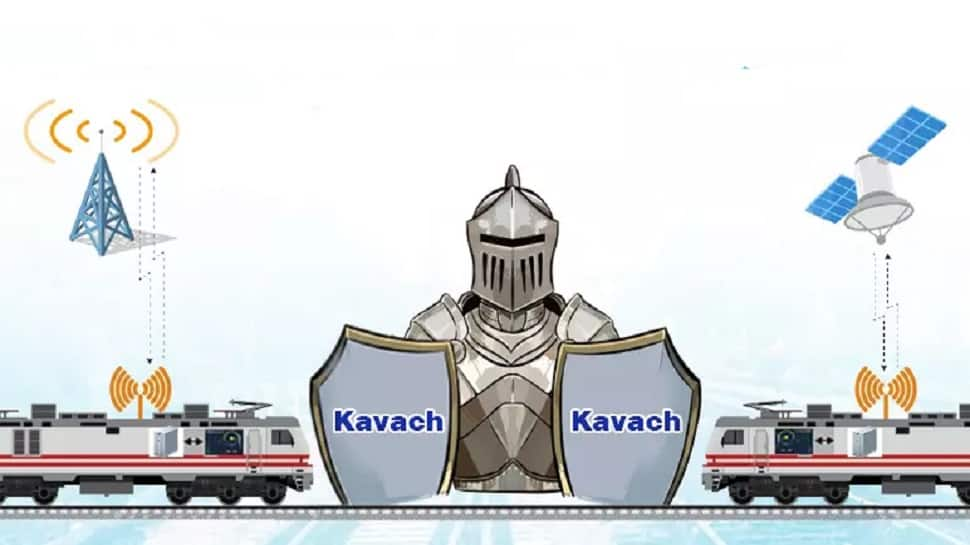
KAVACH Anti-Collision Technology
KAVACH is an anti-collision technology developed in India to prevent train accidents. This anti-collision technology reduces the chances of an error to the margin of a single error in 10,000 years. The KAVACH technology, in more technical terms, is known as Train Collision Avoidance System (TCAS) or Automatic Train Protection System (ATP) system. It is aimed at bringing down the number of rail accidents to zero.
KAVACH uses a network of devices mounted on two trains moving towards each other to avoid a collision. The devices work with the help of radio technology and Global positioning systems (GPS). This system avoids the risk of collision by precisely assessing the course of two trains at "collision risk" and automatically initiating the braking system.
Increasing Speed
The trains of the Indian Railways are among the slowest in the world, with average speed well below 60 kmph. The Vande Bharat Express changes this notion with a top speed of 180 kmph. While the operational speed is not more than 130 kmph due to various constraints, the Bhopal-New Delhi Vande Bharat Express does 160 kmph at certain sections.
On the other hand, the future Vande Bharat Express made of Aluminium will have a 220 kmph top speed. Not just Vande Bharat Express, but the improving rail lines mean all express and superfast trains are capable of touching a top speed around 130 kmph. In fact, the Coromandal Express, which was involved in the Odisha crash was running at 128 kmph speed.
100% Electrification
Over the last nine years, the Indian Railways has electrified 37,011 Route Kilometres (RKM) of tracks. Between India's independence in 1947 and 2014, only 21,413 RKMs of railway tracks were electrified. The total length of electrified routes in the Indian Railways network now stands at 58,424 RKMs, which accounts for 90 percent of the total network. This puts Indian Railways right the top of the global league.
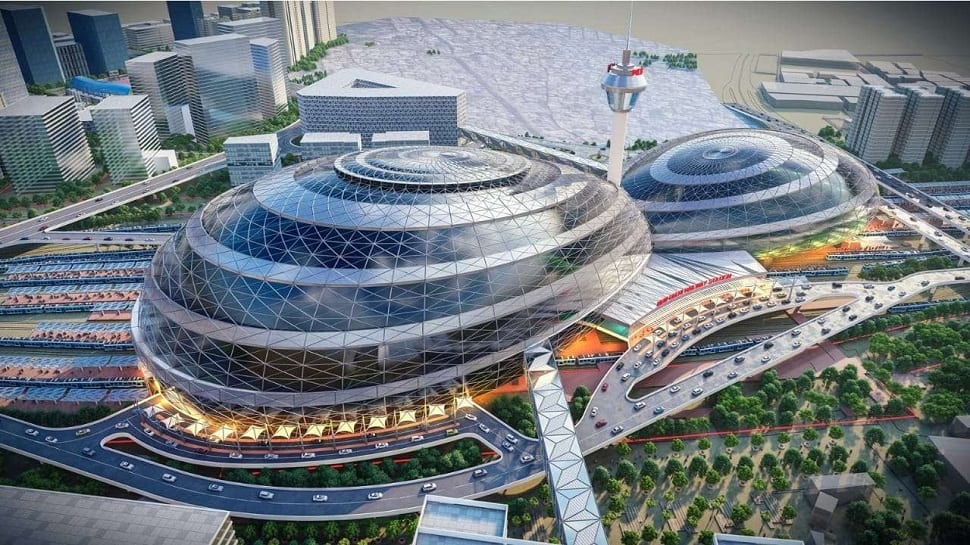
Modern Railway Stations
Indian Railways is working on the development of the railway network across the nation. The railways undertook the task of redeveloping 1,275 stations under the Amrit Bharat Stations scheme and these will be iconic buildings with futuristic and flexible designs. As a part of this development, multiple stations across in India have been selected to be modernised under the Amrit Bharat Scheme.
Major Railway Stations like the New Delhi Railway Station will be renovated at a cost of Rs 4,700 crore. Similarly, the Chhatrapati Shivaji Terminus in Mumbai will also undergo a revamp to make the railway station more modern and up-to-date.
Tracking Train Status
Trains in India have a history of arriving late at their destinations due to weather or technical issues. Indian Railways has introduced a new train tracking system where you can now track the train status live. The Indian Railways' new diesel locomotives are also outfitted with GPS devices to monitor their health. The entire system is equipped with a GPS receiver, processor panel, onboard sensor, and other components to capture and process data via GPRS service, which is then sent to a central server for further processing.
Vistadome Coaches
To attract tourists, the railways introduced state-of-the-art Vistadome coaches on the Linke Hofmann Busch (LHB) platform in various trains. These coaches have several modern features and amenities, providing panoramic views, through wider body side windows as well as through transparent sections in the roof, thus enabling the passengers to enjoy the scenic beauty of the places through which they travel.
3D technology
For many years, dated seating and cabin layouts have taken the 'fun' out of train travel. Trains are now designed using 3D technology to meet international safety and comfort standards (Make In India Printer). It enables manufacturers to incorporate the necessary information (such as components, sub-systems, and more) in the virtual world, correct errors as they occur, and design coaches that meet modern passenger needs such as spacious standing areas, comfortable seats, and enticing cabin styling.
Stay informed on all the latest news, real-time breaking news updates, and follow all the important headlines in india news and world News on Zee News.
Live Tv




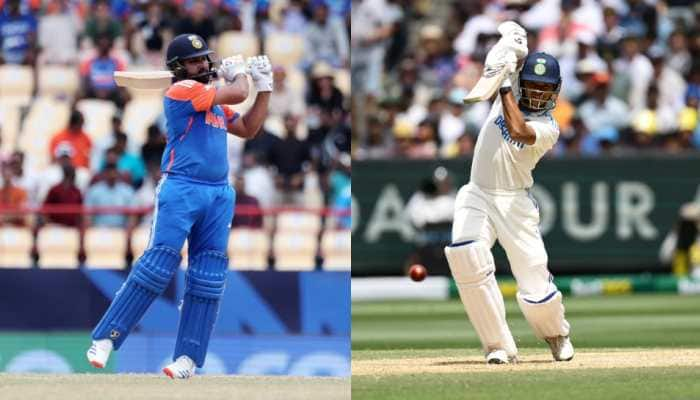
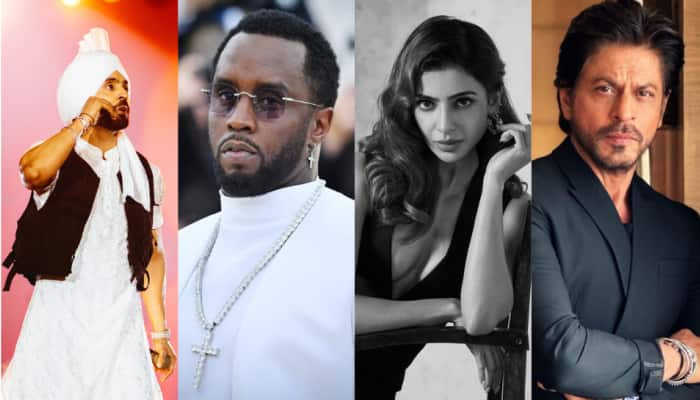
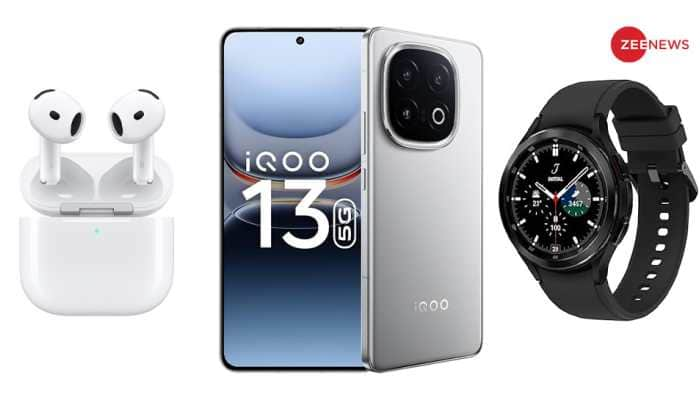
)
)
)
)
)
)
)
)
)
)
